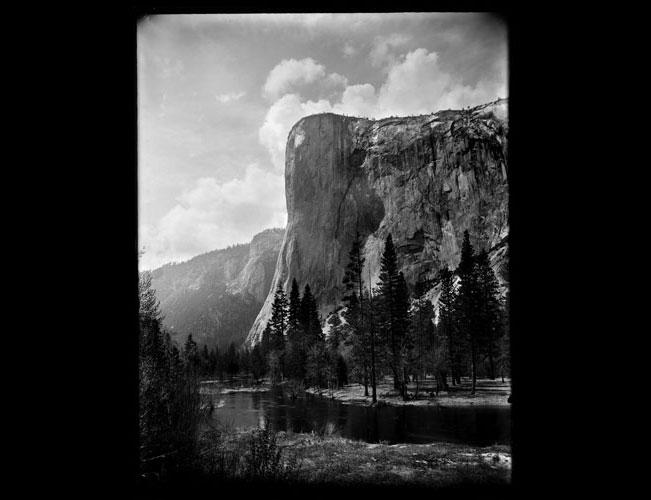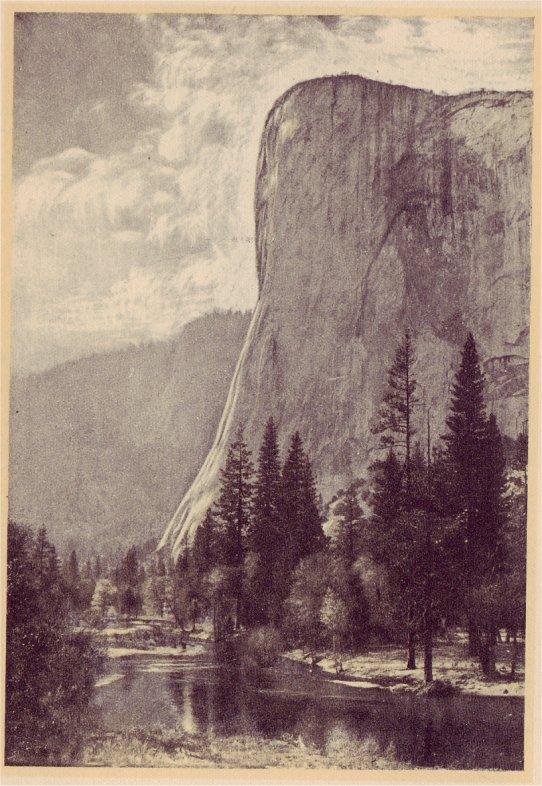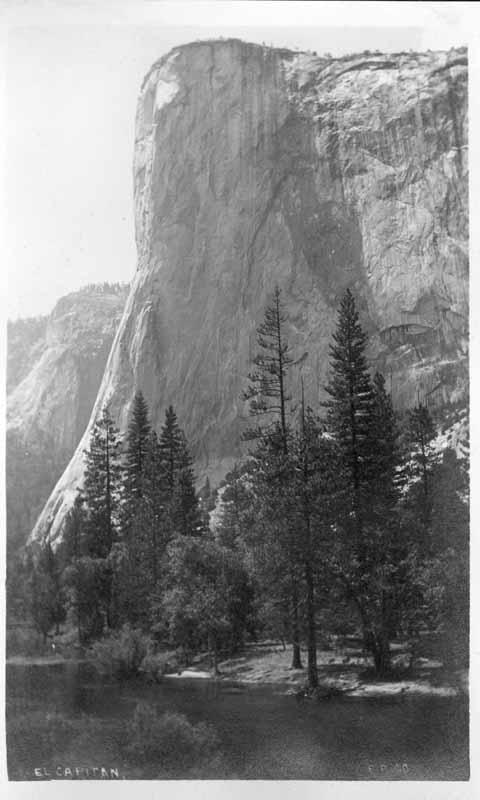We're committed to helping you
Analysis: El Capitan Continuum
Foreword: El Capitan is a Yosemite landmark photographed by every prominent Yosemite photographer and nearly every tourist with a camera.
El Capitan, and a series of other sites, were part of a long term project to show the flow of time and seasons in Yosemite, undertaken in the late 1800's, first by George Fiske, and then continued by Arthur C. Pillsbury. The two men, both with roots from New Hampshire, were early in the Valley and photographed its beauties for decades.
Regrettably, it is believed these photos, chronicling the passage of time, with its many small and large changes, were, in each case, were lost to fire. This may not actually be the case, but this is a story for another time.
The Fiske collection, sold to Curry Company at the time of his suicide in 1918, was reported lost in the early 1930s. The Pillsbury collection, far larger and more extensive, was, in the same way, reported lost in November 1927.
Yosemite, undergoing its transitions, would have been an awesome treasure. Bits and pieces of this remain, which is one of the back stories of this study. It took a long view to invest time in the commitment to return to exactly the same locations, retaking photos, four times a year. Both Fiske and Pillsbury possessed this kind of vision. Pillsbury's collection of negatives, for this reason and others, was many times larger an any other Yosemite photographer. Pillsbury supplied photos to the Best Studio routinely. Harry Best was, himself, a painter of some reputation and not primarily a photographer.
If you can see the natural world, its processes and struggles, “so like our own,” as Arthur C. Pillsbury said, you are moved to love nature because you identify with those struggles.
Pillsbury, who also designed and built the first lapse-time camera for plants, showing the lovely dance of flowers in their struggle to survive and reproduce, was fascinated by the processes of life and time. Allowing the human eye to see these processes by making them accessible was one of his life's goals.
To this end, he began showing nature movies in Yosemite at the Studio of the Three Arrows in 1909. In 1911 John Muir chose Pillsbury photos for his last book, “The Yosemite.” In 1912 he showed his first lapse-time movie to Park Superintendents, met in Yosemite for a meeting, in hopes of stopping the meadows from being mowed to provide fodder for horses. In 1927 he began showing microscopic motion pictures in his 250 seat theater in Yosemite. For the first time in history human eyes saw cells dividing, always before beyond human vision.
Pillsbury succeeded in many ways. His technologies became the foundation for what you see today.
But his plan to show you the flow of time in Yosemite, through the use of images gleaned from his seasonal shoots at exactly the same places, every single season, remain lost. However, it is this plan which accounts for the many images still in existence which you will see in this study of the photos of El Capitan.
NOTE: Many of the apparent differences in the images below result, not from differences in the image, but from differences in how the image was printed.
1a: “El Capitan” - Photograph from Norsigian’s “The Lost Negatives” Website
2a: “El Capitan” – Photo by Best Studio – from p79 of Katherine Ames Taylor’s 1926 book:
“Lights and Shadows of Yosemite”
3a: “El Capitan” – Photograph by P. P. CO. (Pillsbury Picture Co.)
From calisphere – Univ. of California: http://content.cdlib.org/ark:/13030/kt5870201r/



